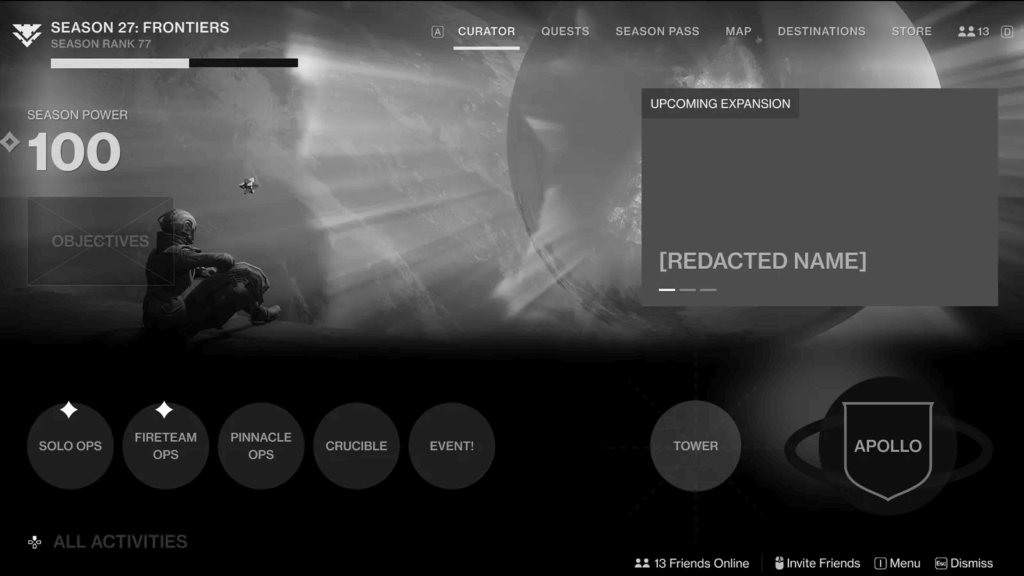Destiny 2 has weathered many storms over its seven-year lifespan, but its most recent patch — the Portal update — has been described by players as one of the most damaging yet. Bungie, once a celebrated name in live-service shooters, is now facing mounting criticism, dwindling community trust, and difficult questions about the game’s long-term future.
Story Synopsis
The Portal update, intended to streamline cross-activity progression and inject new endgame mechanics, has instead sparked backlash from nearly every corner of the Destiny 2 community. Players reported technical issues, balance problems, and exploitative monetization creeping into core systems.
For a game already struggling with declining engagement, this misstep has only amplified concerns. Bungie’s leadership now faces a daunting challenge: restore faith in its flagship title or risk seeing Destiny 2 become a cautionary tale of live-service fatigue.

What It Means
The backlash highlights the fragile relationship between Bungie and its player base. Destiny 2’s success has always rested on a balance of rewarding grind and compelling content. The Portal update disrupted that balance, with many feeling the system was built less for fun and more for monetization.
This has reignited debates about whether Bungie is prioritizing revenue over design integrity — a narrative that could be fatal in a crowded live-service market.
How It Works (and Went Wrong)
The Portal update introduced a new cross-activity hub designed to unify PvE and PvP progression. Players could funnel resources through “portals” to unlock seasonal rewards faster.
But the execution faltered:
- Progression felt slower, not faster, due to hidden caps.
- The economy around resources was overly complex, confusing even veteran players.
- Monetization hooks — such as premium boosters — drew accusations of pay-to-progress design.
- Bugs and disconnects undermined the system’s usability from day one.
Instead of unifying the game, the Portal system created another layer of grind and frustration.
Why It Matters
Destiny 2 isn’t just another shooter; it’s one of the most influential live-service games ever made. If Bungie can’t course-correct, it risks losing a player base that has stuck with it through expansions, delays, and controversies.
Moreover, Bungie’s credibility as a studio is at stake. With Marathon still in development and PlayStation counting on Bungie for its live-service strategy, the stakes extend far beyond a single update.
What’s Next
Bungie has already promised hotfixes and is considering overhauling or even sunsetting aspects of the Portal system. But rebuilding trust will take more than patches. Transparent communication, generous compensation, and a renewed focus on player-first design are essential if Bungie wants to save Destiny 2 from collapse.
The coming months will determine whether the game can recover or whether its final chapters are being written now.
Tech Tidbits
- Destiny 2 launched in 2017, with over 10 major expansions since release.
- The game still sees seasonal wipes and economic resets — practices some players feel are outdated.
- Bungie was acquired by Sony in 2022 for $3.6 billion to spearhead PlayStation’s live-service portfolio.
- Marathon, Bungie’s next title, is still in development but its timeline may be affected by Destiny 2’s current troubles.
Publication or Release Details
- Game: Destiny 2
- Update: The Portal update (Season 18, mid-2025)
- Developer: Bungie
- Platforms: PC, PlayStation, Xbox
- Status: Facing widespread community backlash


